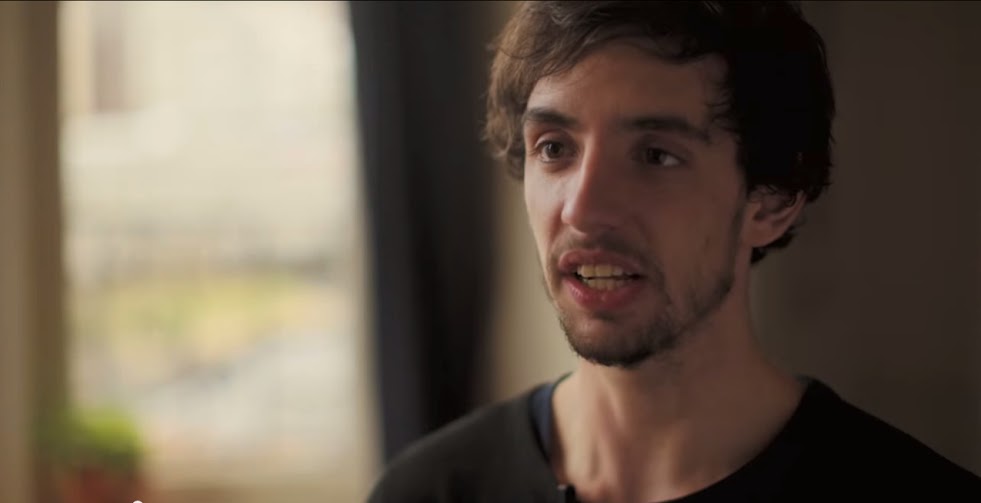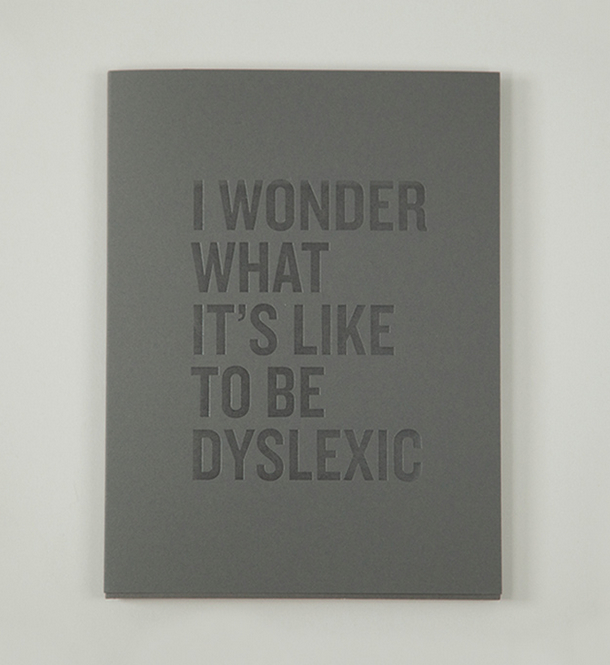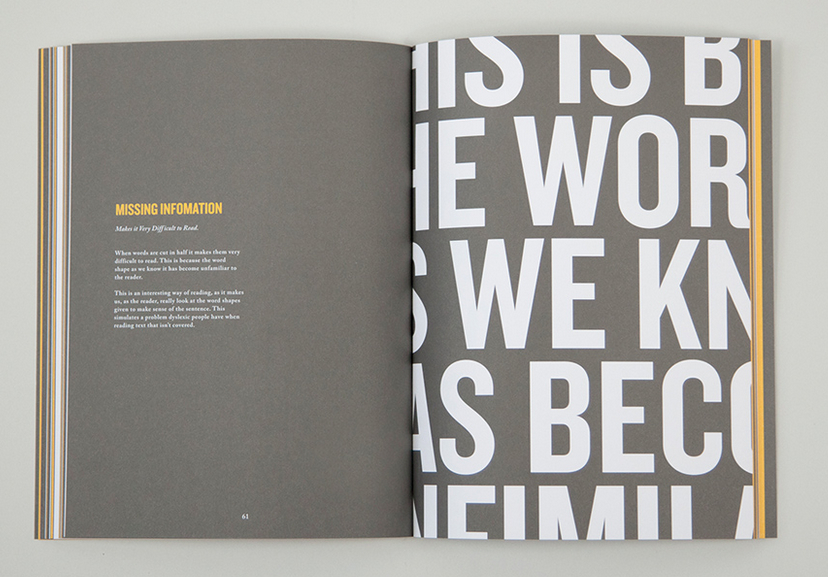We caught up with Sam to learn more about his inspiration for the book, the feedback he’s gotten and his plans for the future.

To learn more about Sam and his work, check out:
http://www.sambarclay.co.uk/
https://www.facebook.com/reedeeng
http://www.reedeeng.com/shop/
When were you first diagnosed with dyslexia?
I think I was about 8 or 9. I remember being told I was thick at school and a headmaster dragging me into his office telling me I needed to put my best foot forward. And I left his office trying to work out which one was my right foot. Straight after that I was in a new school where my parents began their fight for the best education for me.
A lot of kids know for themselves that they see words differently before they are formally diagnosed. Was that the case for you as well?
I don’t ever remember knowing something was different. But I did prefer to look at the shapes of the words and letters than actually trying to read them.
Did you get any kind of specialized training to help you read?
When I moved school I got a lot of help in Primary (the equivalent of elementary in the US) school, then moved to Secondary school (middle or jr. high) and had further help. The help was great but it almost got to a point where I hated being dragged away and started to reject the help a little. I liked doing the things I was good at and didn’t see the point in doing something I wasn’t good at.

What was the inspiration for your book?
It seemed to me that all the focus was aimed at making me read better or write better rather than trying to understand what the problem was for me. Not much was done to work through the things I loved doing and was good at doing. The focus was always on the things that I hated.
When did you realize you had a passion for graphic design?
I realised when I was taking a foundation course before going to university with the intention of studying architecture. My brother had a web agency and showed me some stuff he was working on for an architect. I found that I was more interested in design than what the architects were doing. Subconsciously I guess I always have been interested—I’ve always loved to look at the shapes of words and letters.
When did the idea for the book first come to you? And when did you first start working on it?
The idea of the book came about very slowly in my last year of university. One of the units I was taking was to submit work for a brief that an organisation called the International Society of Typographic Design (ISTD) had offered. It was the hardest project I have undertaken to date but the most enjoyable. Partly because of how much it taught me, I would work all through the night and not realize and LOVED it. When I was researching the brief and working my way through it, my intention was never to make a book on dyslexia. It came about with a lot (and I mean a lot) of testing and reworking of things I was doing. The book really started out to show people how they read with typography.
It was the hardest project I have undertaken to date but most enjoyable. Partly because of how much it taught me, I would work all through the night and not realize and LOVED it.
How long did it take to complete the book from the first concept to first publication?
At university, I worked on the book for about 67 months. Then the November after I left university I put it on Kickstarter. So It was roughly a year from starting work on the brief to seeing the finished book printed and in my hands.
How many issues of the first edition have sold to date? Can you give a general sense of who has bought copies?
I have sold around 2400. The people who have bought the book have included everyone from designers to teachers to parents with children that are dyslexic to children with parents that are dyslexic to businesses and schools. People who are dyslexic themselves have bought the book.

Can you share any stories of the kind of responses you have gotten from people?
There are many stories. Some of the parents have been overwhelmed that they can finally get a glimpse of what its like for their child. The book seemed to give children a boost at school, too. They could show their friends what they were dealing with in quite a fun way. That was amazing to read about for me.
Do you plan on doing other books like this?
I am currently working on a new revision of the book which should be out in the very near future. I think it will be out by the time this interview is online, so go take a look at my site: www.reedeeng.com!
What’s next for you? Sounds like your graphic design work keeps you busy…what’s coming up or you in 2015?
What’s next….much more work around graphic design. I love my job. I struggled and worked hard for many years to get to where I am now. The greatest thing is when I’m working, (other than sorting out paperwork) it never feels like work. I do not take that for granted and do everything I can to remind myself of that. I also hope to work more on the book and things around it. I would like to give a few more talks about it, so I am the look out for people that would be interested.
Any final words for kids and adults out there who struggle with reading?
I would say, from my personal experience, to always do what you love doing and to be open to new things that may come about. Try everything at least once. Recently I have traveled around a bit of Europe and that is probably the greatest thing I have done outside of becoming a designer. There’s something about traveling that teaches you things in ways that nothing else can.
